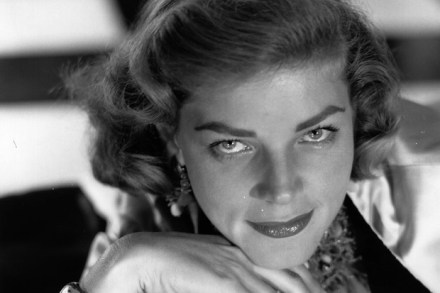An innocent graduate of Operation Yewtree, Jim Davidson, dazzles in Edinburgh
Let’s start with a nightmare. Wendy Wason, an Edinburgh comedienne, travelled to LA last year accompanied by her husband, who promptly succumbed to a fainting fit. Wason called an ambulance, unaware she was in a hospital car park, and was handed an £8,000 bill to cover the 15-yard trip. By the time her husband had been cured, the invoice had risen fivefold. As comedy Wason’s show (at the Gilded Balloon) is wry, downbeat and hilarious. It also has a Wider Purpose. She believes that US-style healthcare is about to engulf Britain and she wants us to help her save the NHS. Always a dilemma, I find, when stand-ups dabble in


















